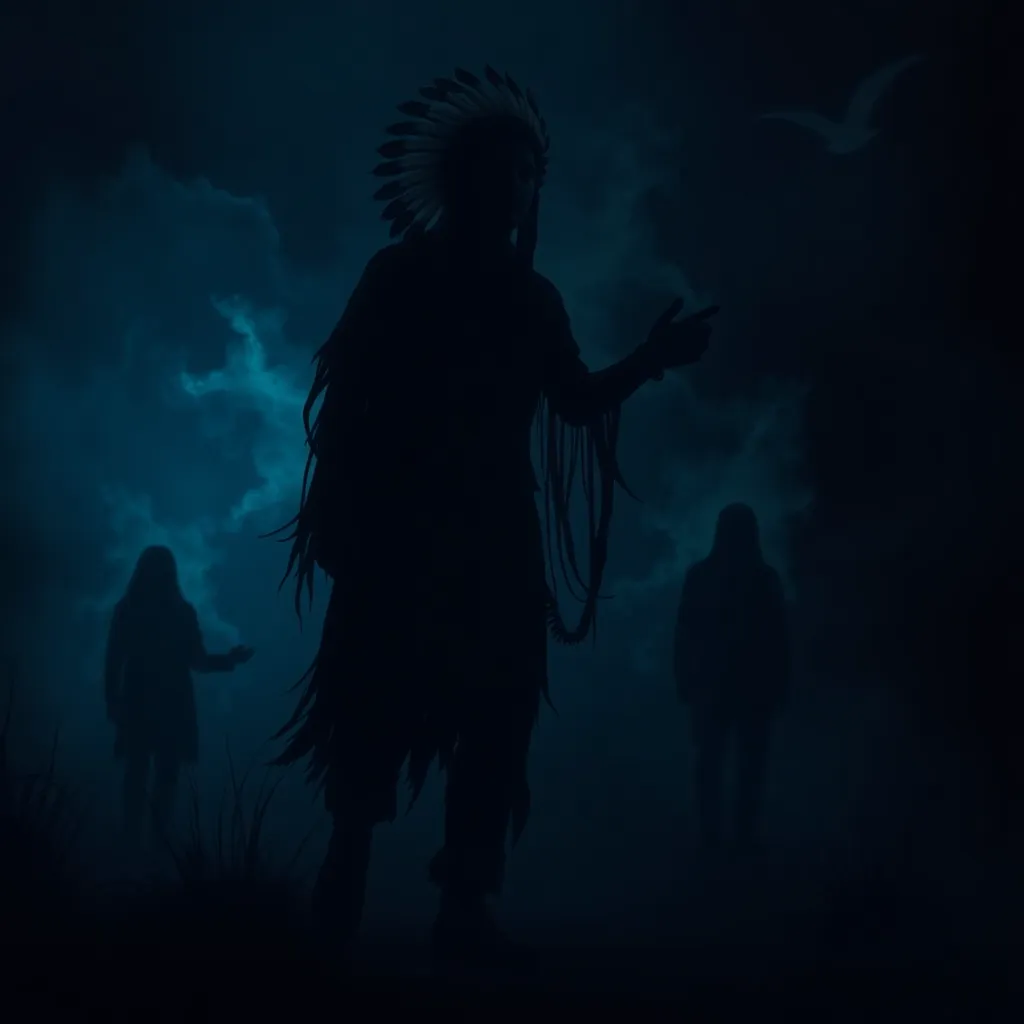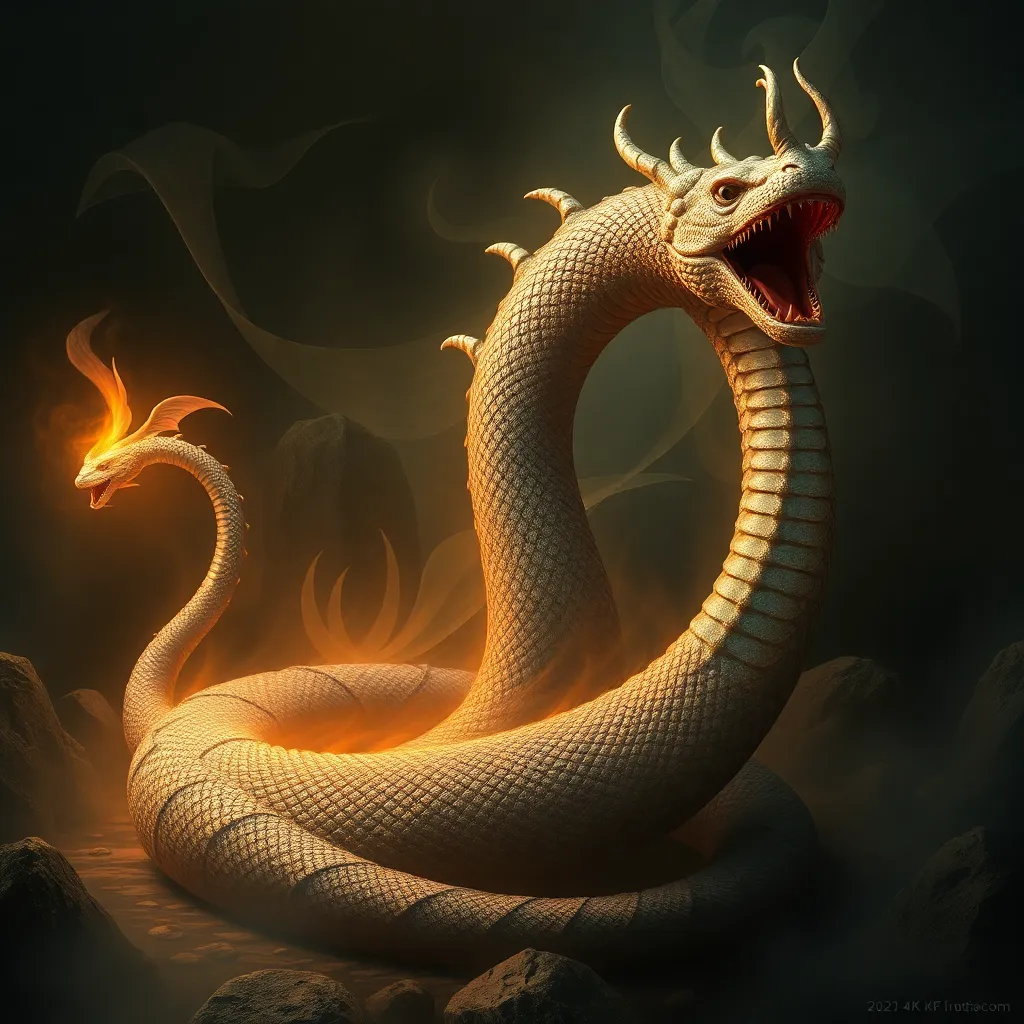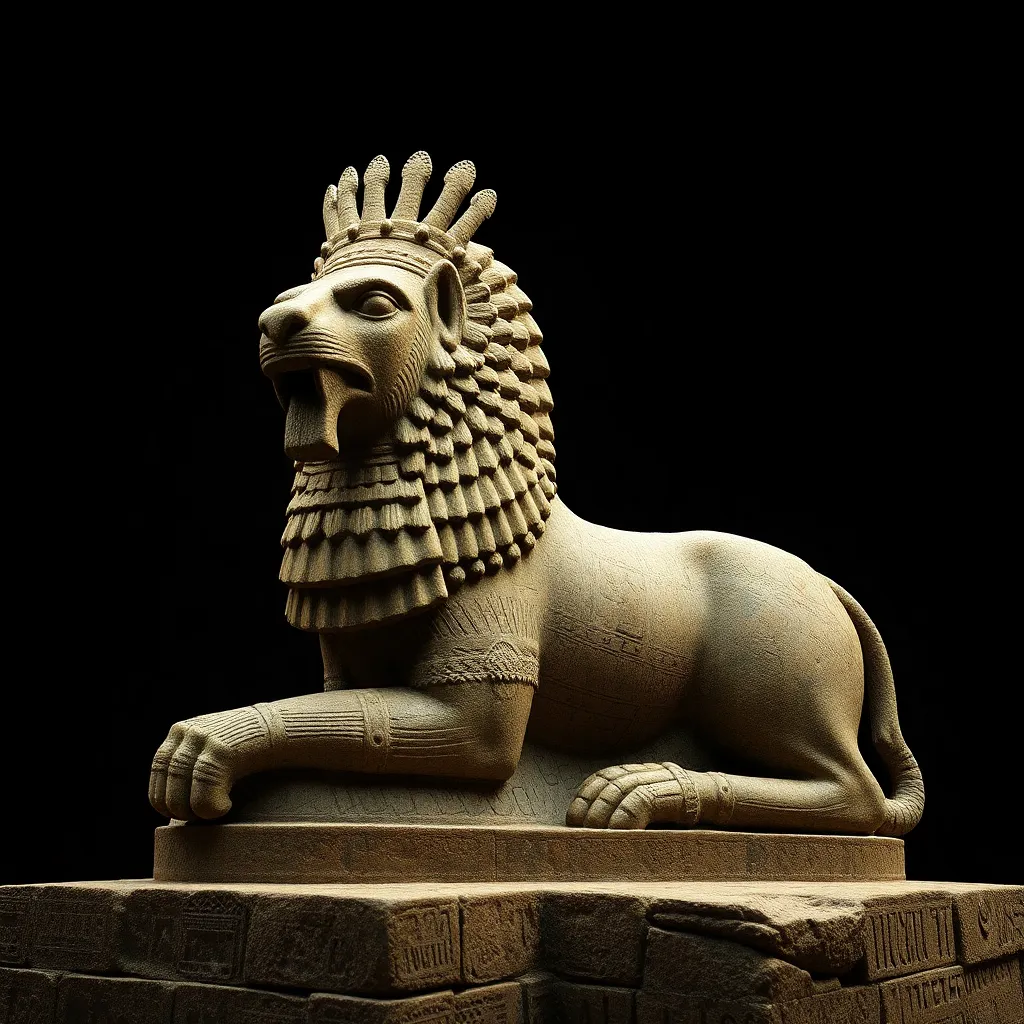From Goblin to Giant: The Many Faces of Japanese Oni
I. Introduction
In the rich tapestry of Japanese folklore, few figures are as intriguing and multifaceted as the Oni. Often translated as demon or ogre, Oni are supernatural beings that embody a wide range of characteristics, from sinister and malevolent to protective and benevolent. Their cultural significance extends beyond mere mythology, reflecting various societal fears, moral lessons, and the complexities of human nature.
The purpose of this article is to explore the origins, physical characteristics, types, artistic representations, and cultural roles of Oni, shedding light on their enduring legacy in Japanese society.
II. The Origins of Oni: Myth and History
The historical roots of Oni can be traced back to ancient Japan, where they were initially perceived as spirits of the dead or harbingers of disaster. Many believe that the concept of Oni was influenced by various indigenous beliefs and practices, as well as by Buddhist teachings that introduced new demonology.
Over centuries, Oni evolved within Japanese mythology, becoming associated with the chaos and disorder that often followed natural disasters. Their portrayal as both malefactors and guardians highlights the duality in their character, reflecting the complex relationship between humans and the supernatural.
Oni also exhibit influences from other cultures, such as Chinese folklore, which introduced the concept of demons and spirits, further enriching the Japanese narrative and understanding of these beings.
III. Physical Characteristics: Goblins, Giants, and Beyond
Oni are commonly depicted with distinctive physical traits that set them apart from other creatures in Japanese mythology. These characteristics typically include:
- Horns: Oni are often shown with one or more horns protruding from their foreheads, symbolizing their otherworldly nature.
- Claws: Sharp claws emphasize their ferocity and strength, making them intimidating figures.
- Skin Color: Oni can have a variety of skin colors, most notably red, blue, or green, which may symbolize different aspects of their character or role.
Variations in size and form are also a hallmark of Oni. They can range from small goblins, mischievous and tricky, to towering giants that instill fear in the hearts of mortals. This variability reflects the diverse nature of Oni and their ability to embody different cultural narratives.
The symbolism behind these physical traits often relates to themes of chaos, protection, and the supernatural, making Oni complex figures within the folklore.
IV. Types of Oni: From Beneficial Spirits to Malevolent Beings
Oni are not solely malevolent beings; they can also serve as protectors or bringers of good fortune. It is essential to differentiate between the various types of Oni:
- Benevolent Oni: These are often seen as guardians who protect humans and bring blessings, frequently associated with fertility and agricultural prosperity.
- Malevolent Oni: Typically portrayed as antagonists, these Oni are responsible for misfortune, disasters, and chaos, embodying societal fears and moral transgressions.
Notable types of Oni include:
- Shōki: A famous Oni who is known as a demon-queller in Japanese lore, often invoked for protection against illness and calamity.
- Yama-uba: A mountain witch who, while often depicted as an Oni, possesses both nurturing and malevolent qualities.
Case studies of specific Oni characters in stories illustrate their multifaceted nature and the lessons they impart through their interactions with humans.
V. Oni in Art and Literature
Oni have been a prominent subject in traditional Japanese art forms, such as ukiyo-e woodblock prints, where they are depicted in dramatic and vivid colors. Artists like Katsushika Hokusai and Utagawa Kuniyoshi have immortalized Oni in their works, showcasing their fearsome and fantastical attributes.
In modern literature and pop culture, Oni continue to inspire a variety of narratives, from horror stories to anime and manga. Their portrayals have evolved, often reflecting contemporary societal issues while maintaining their traditional roots.
Over time, the depiction of Oni has shifted from purely fearsome figures to more nuanced characters, highlighting their complexity and the duality of their nature.
VI. Oni in Festivals and Celebrations
Oni play a significant role in various Japanese festivals, most notably during Setsubun, a celebration marking the beginning of spring. During Setsubun, it is customary to throw roasted soybeans at people dressed as Oni, symbolizing the driving away of evil spirits and the welcoming of good fortune.
Cultural practices involving Oni often include:
- Oni-themed decorations: Homes are adorned with Oni masks and imagery to ward off misfortune.
- Rituals and prayers: Communities engage in rituals to appease Oni and ensure a prosperous harvest.
This connection between Oni and seasonal changes underscores their role in the cyclical nature of life and the importance of community in confronting adversity.
VII. The Psychological and Social Interpretations of Oni
Beyond their mythological context, Oni can serve as metaphors for societal fears and challenges. They embody the darker aspects of human nature, such as greed, anger, and jealousy, offering a reflection of internal and external struggles.
Psychologically, Oni can be interpreted as representations of individual and collective anxieties, illustrating the human condition and the moral dilemmas faced in daily life. This role as harbingers of moral lessons helps instill values and cautionary tales within the culture.
VIII. Conclusion
In summary, Oni are multifaceted figures that encompass a wide range of characteristics, roles, and meanings within Japanese culture. From their origins in ancient myth to their contemporary representations in art and literature, Oni continue to captivate and intrigue.
The enduring legacy of Oni highlights their significance in addressing societal fears, teaching moral lessons, and celebrating cultural traditions. As we navigate modern society, the relevance of Oni reminds us of the complexities of human nature and the importance of understanding both our fears and our hopes.



